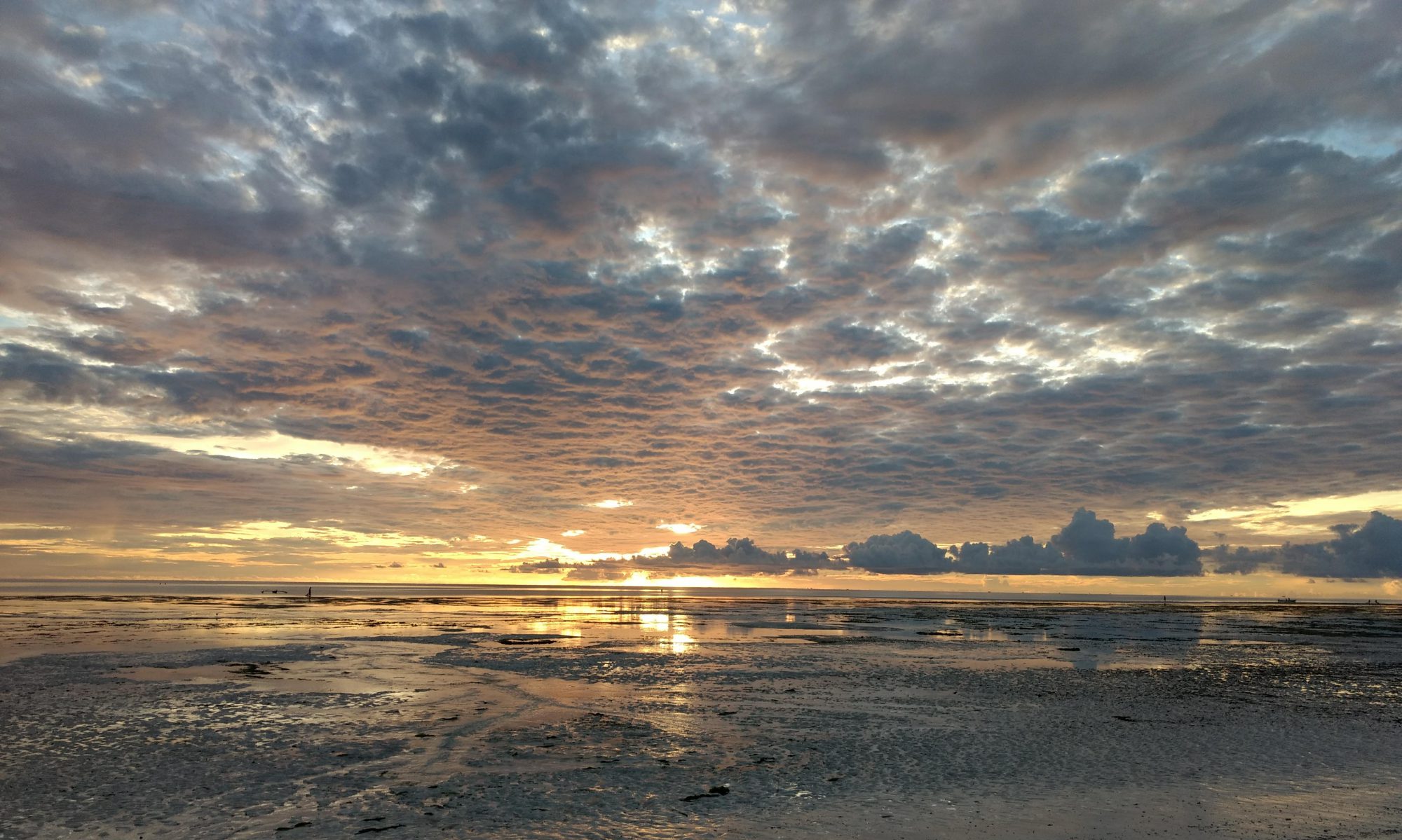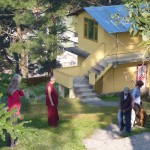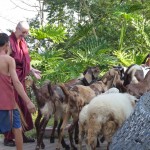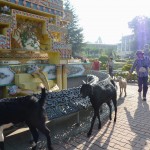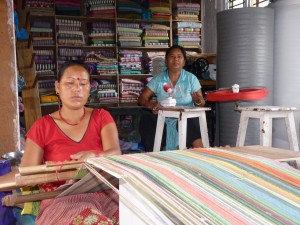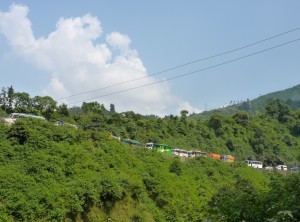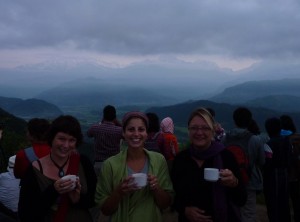The last week of research is here. How fast the time has flown. As always, everything happens at once, with many emails and phone calls to say that people I had previously requested interviews from were now, right now, willing to meet and share their knowledge and thoughts with me. Jumping at the opportunity to collect so much great information before my field trip comes to an end, I managed to schedule over 12 interviews into a two week period. But these interviews were not all in the capital, Kathmandu, where I have been mainly situated. They were scattered around the country in various villages and towns. Not wanting to say no and knowing that trying to do interviews via email or phone is rather difficult here, I set myself up for a research route around the country!
First stop on the research trail was the Chitwan area on the southern border of Nepal and India, to meet with one of Nepal’s biggest local NGO monitoring & evaluation specialists. In true Nepali style, my driver who was meant to take me one hour from the hotel to the remote NGO office didn’t show and by the time I was able to get a new driver, the M&E specialist had left the office. Whilst waiting though I spotted a rhinoceros from the rooftop of my guesthouse! Only in Nepal! To compensate, I managed to secure an interview via email and spontaneously visited two other NGO offices getting much valuable information from them.
A very long and bumpy bus ride took me next to the town of Lumbini, the supposed birthplace of the Buddha. Again, having scheduled interviews I turned up only to have no one available at the office when the time came for our meetings! Only in Nepal!
Super long bus journey later (as usual 6 hours estimates journey time inevitably doubles on the high mountain roads), and I arrived in Pokhara, a lovely town set in magnificent surroundings. This time with much more luck I was able to complete all the interviews as anticipated, and even to enjoy a bit of free time for boating on the Fewa Lake and tasting some of the local culinary delights (for instance their cafes famous for wood fire pizza and Japanese pancakes – not so local really!) – Only in Nepal!
Then back to Kathmandu where more interviews than expected have been able to be completed in one week than I thought possible – as per usual, the Nepalese people (once you get a hold of them!) are more than willing to chat and to help put me in contact with more valuable sources of information. I’m still yet to secure that much coveted government interview. I continue to make calls each day to the government office responsible for overseeing NGO projects in Nepal but each time I am out of luck and the Director or Assistant Director (every member of their personnel has one or the other title – only in Nepal!) usually claims a bad line before I get a chance to tell them my full purpose of the call. But I will keep trying till the end of my time here.
Just one more week to go. This country has made such a strong impact on me that it will be difficult to say goodbye but for the meanwhile, for these last days, it is all about making the best out of the moments and keeping on the research route till the very very end!
